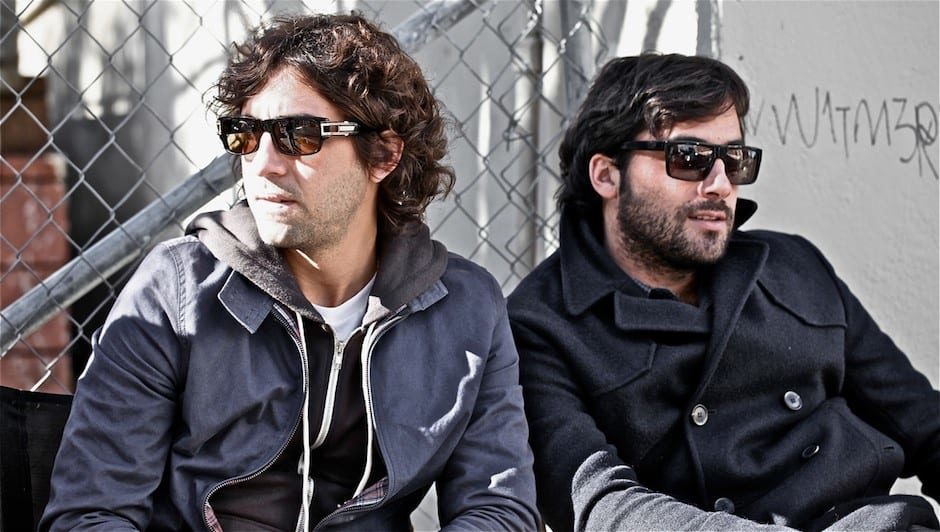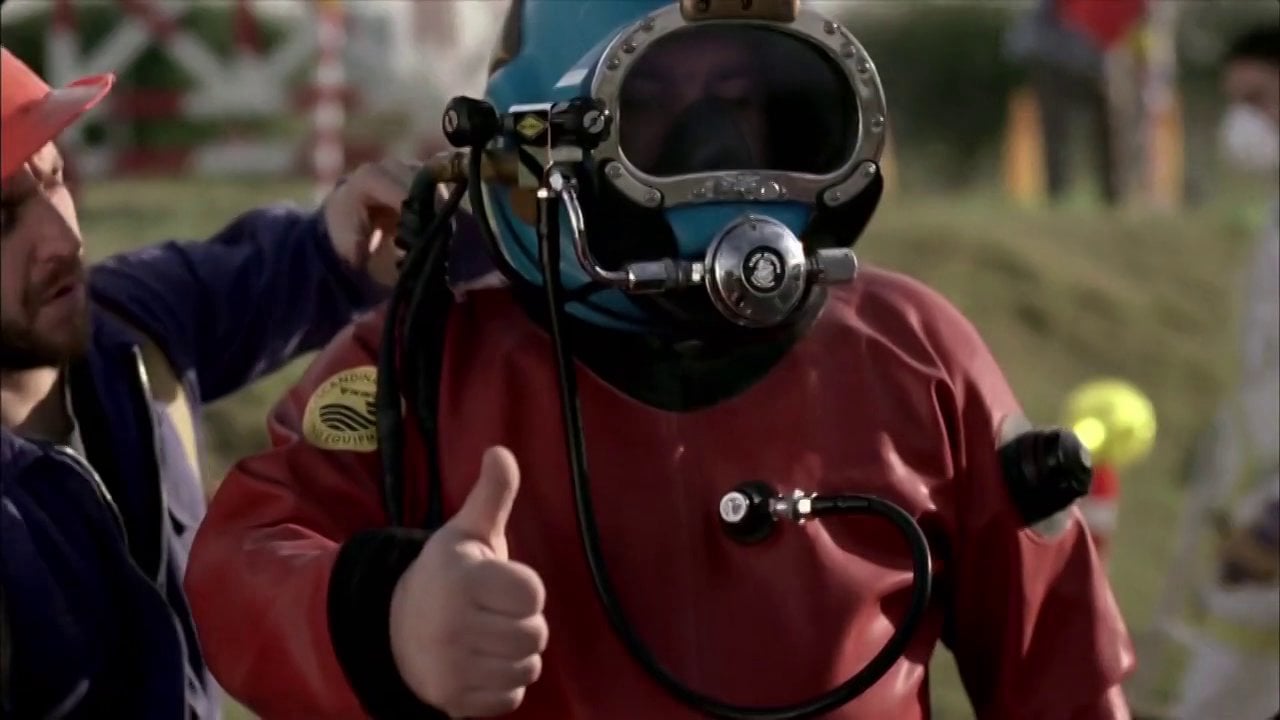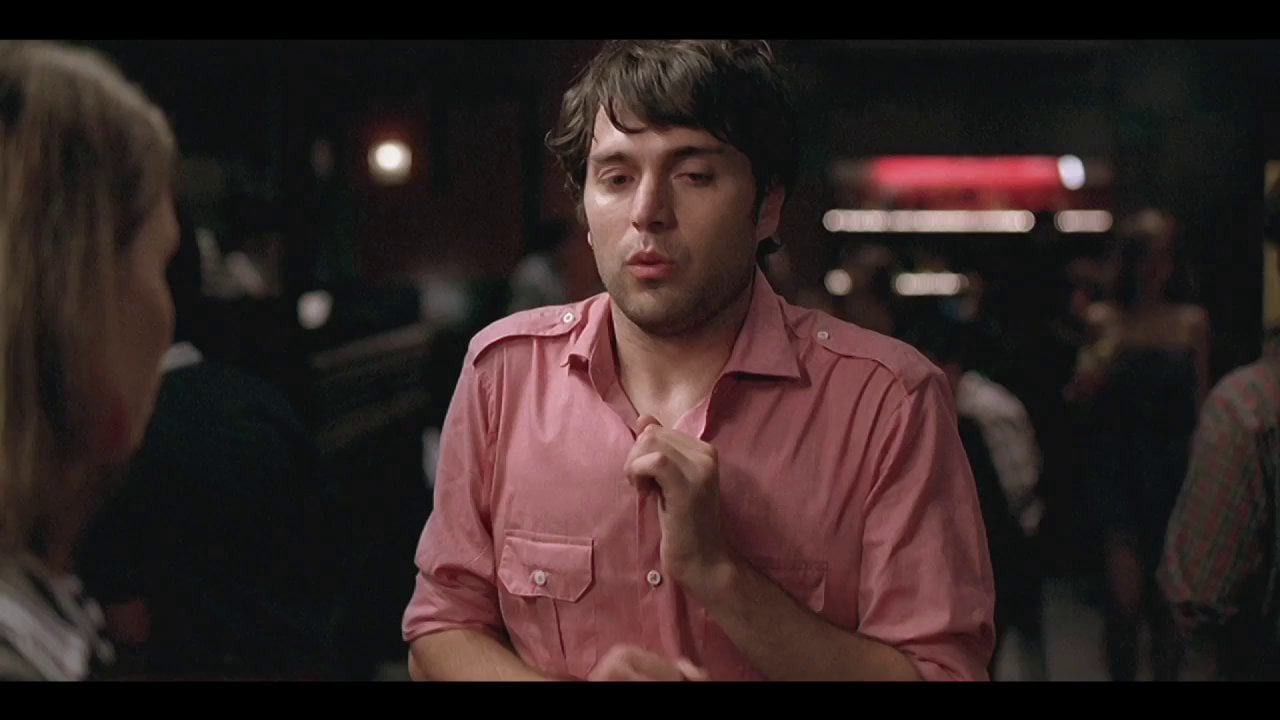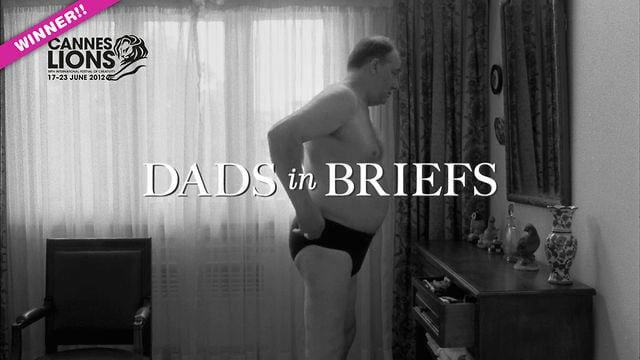It’s not often we see directors who manage the near impossible yet infinitely rewarding feat of creating comedy in its purest form – a window into the universal and often uncomfortable truths of which no other form of language can speak. Yes we like a chortle but when comedy becomes more than laughs that’s where the magic really happens.
It’s precisely that purity (not to mention sheer technical and visual prowess) that attracted us to Nico & Martin, a dynamic duo based in Buenos Aires whose work for the likes of Axe, Sony and MTV has rightly set tongues wagging internationally. We featured their new Andes spot, A Singular Man, in our Six of the Best Commercials at the tail end of August (see below) so decided to catch up with the pair to find out the whos-who behind the ha-ha.
Your work treads a really fine line between laugh out loud funny and comedy as a way of dealing with sometimes awkward or uncomfortable truths. Do you consider yourselves to be comedy directors? Or do you just see comedy and humour as a different rout into expressing truths we all know and recognise?
We love to shoot projects with a strong and powerful insight, to approach a topic everyone knows and is aware of, but show it in a different way and make our own interpretation of a particular topic that is already instilled in people’s minds.
We don’t consider ourselves just as comedy directors; we see ourselves as filmmakers.
We’re always trying to find the correct tone for each idea – we’re kind of obsessed with taking the best direction for each story. Every time we receive a script, we work hard at finding the best way to approach it in every aspect: cinematography, tone of acting, kind of music, art direction, etc. Most of our work is comedy work, but not in a conventional way. We like to approach comedy in a visual way. If you see our work, we have almost all non-dialogue films. We like to construct the humour from the correct work with the actors, mixed with very precise storytelling and cinematography.
Your spot for Andes, A Singular Man, has gone down a storm internationally. Can you tell us a bit about the project – what was it about the script that you connected with and how did you develop the core idea through your treatment and on the shoot?
The Andes spot was a wonderful project to shoot. We’re very close friends with the creative team from Del Campo Saatchi & Saatchi, so it was very easy from the beginning. From the precise moment we received the script we knew it was going to be great. Besides the power of the idea and the strong twist in the end, we felt really attracted to the idea of shooting a classic and super cinematic love story between this freak and his tender assistant.
The agency came up with this idea of the story taking place in the past, but they didn’t have a clear idea of a certain age. They thought that by taking this direction, the humour was going to be even stronger. We agreed immediately with this idea, so we started thinking of which was the best historical period for this story to take place in. We decided not to make it too precise. We didn’t want to take away the viewer’s attention from the main idea, so we tried to create the feeling of this story taking place sometime between 1920 and 1940. We wanted to shoot a classical period film, with very precise and picturesque cinematography, but with the little twist of the film being a silent one.
The idea was to increase the humour by finding funny phrases that somehow where connected with the product. Many times things are funnier when you read them than when you hear them. We wanted to make this contrast between the dramatic tone of the images and the stupid phrases the guy said. That’s why we made the decision to make a silent film. We are proud to say we shot the first coloured silent movie ever! Haha….
The cinematography varies quite a bit across your work yet all your films have a very polished and considered feeling to them – the tone always matches the subjects of your films. How would you describe your own aesthetic?
It’s hard to describe our own aesthetic, but if we had to, we’d say it’s classical— quite natural, sometimes a bit raw, and most of the times real. As we said before, we are obsessed with the tone for each idea. We believe that the best filmmaker is the one who finds the best way of telling a story. There are many ways to shoot something, but it’s the way you choose it that makes you different from the rest. We prefer the cinematography to be natural, trying always to create a realistic but beautiful image. We admire the work of photographers such as Ryan McGinley, Candida Höfer, Mark Borthwick, just to name a few.
You’ve worked quite extensively with Axe who have an amazing history of championing really creative advertising. How has that collaboration been for you?
Collaborating with Axe and Argentinean agency Ponce has been one of the best and funniest experiences in our carrier. Axe was one of the very first brands who trusted us with a really creative project when we were just 23 and we’ve been working with them as often as possible ever since. Two years ago, we won our first Gold Lion in film, and it was no coincidence that it was for an Axe commercial. Everyone knows Axe is one of the hottest brands to work with as a director, and we feel very proud to have the opportunity to work for them.
Are you finding yourselves working more with clients outside of Argentina since winning Gold in Cannes? And how do you find that process differing from working in your home market?
Awards always help to develop a career internationally, and we’ve been working for some American and English agencies, which has been a great experience. We are going through a period of trying to pick projects in which we can develop ourselves as directors. It doesn’t matter if it comes from Argentina, UK, USA, France, etc. as long as we see something interesting in the idea or in the way the creative wants the idea to look. We’ll try to do it, no matter what.
Who and what inspires you creatively?
Work. We are inspired by work. The more we work the more we learn, and that’s the most important thing for us, to learn how to be better directors.
LINKS:
Little Minx in the US
Primo in South America
Pulse in the UK

















